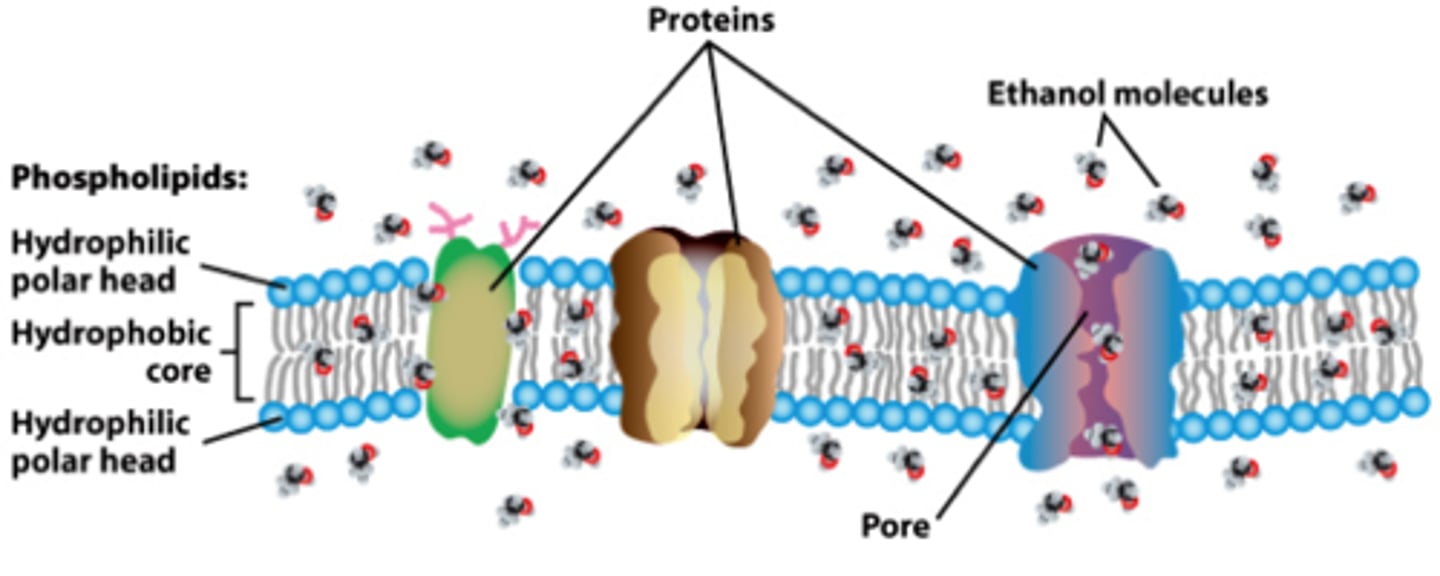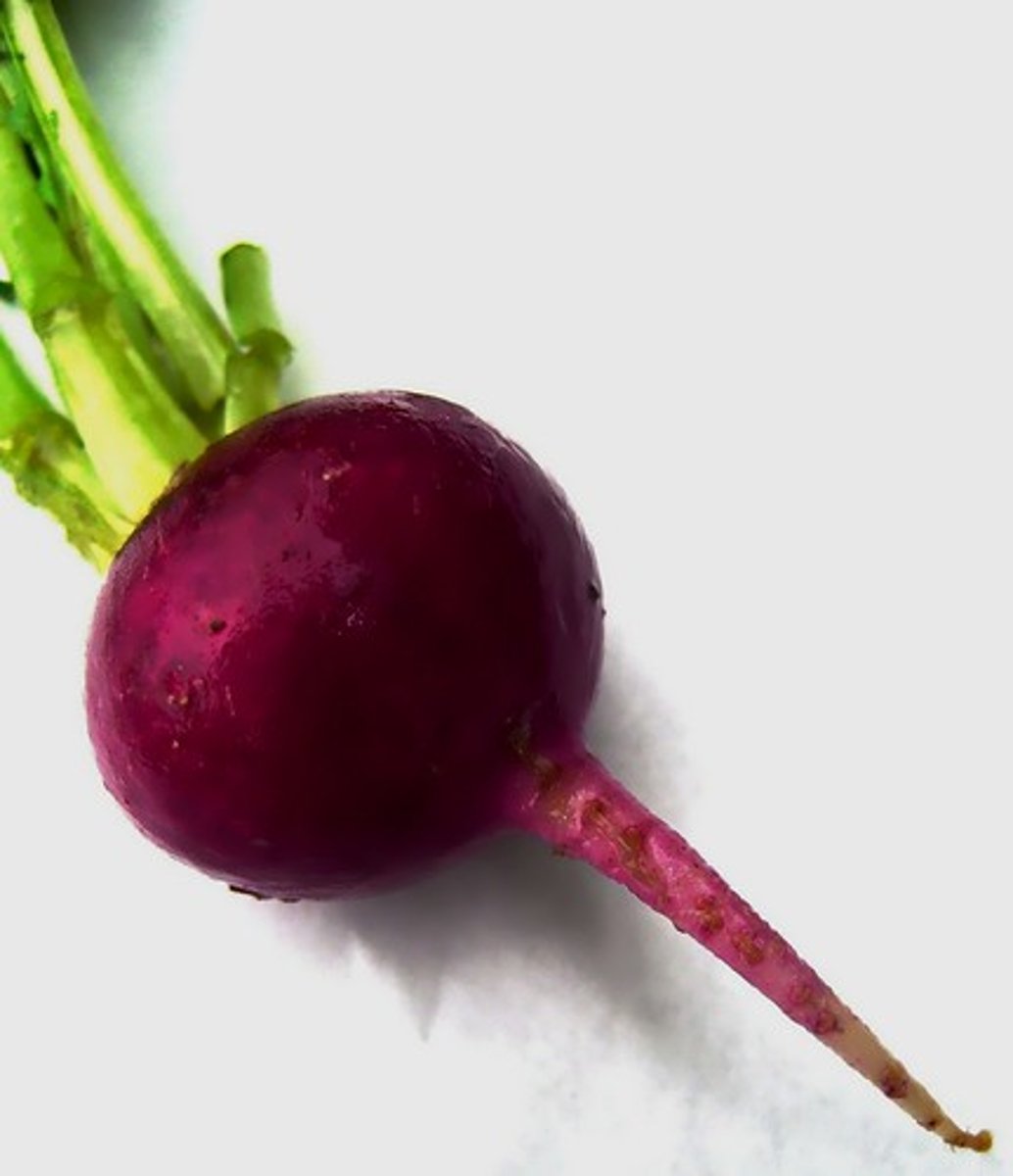c) Factors affecting Membrane Permeability
1/7
There's no tags or description
Looks like no tags are added yet.
Name | Mastery | Learn | Test | Matching | Spaced |
|---|
No study sessions yet.
8 Terms
What 3 factors affect membrane permeability?
- Heat
- Ethanol
- Detergents
How does heat affect cell membranes?
As the temperature increases, the phospholipids gain kinetic energy
This causes gaps to appear between the phospholipids
The membrane becomes more permeable
At high temperatures, the proteins in the membrane will denature
How does ethanol affect cell membranes?
Alcohol dissolves the phospholipid bilayer, therefore the higher the alcohol concentrations, the more permeable the membrane becomes

How do detergents affect cell membranes?
Detergents dissolve the phospholipid bilayer, making the membrane more permeable

What must be controlled in the beetroot experiment?
- Mass/length of the beetroot
- Same species of beetroot
- Same volume of water

What must you do after you cut and weigh your beetroot samples?
Dry the beetroot samples once cut, in order to remove any excess pigment caused by damaging the membranes in the cutting process
Beetroot experiment
1. Cut small pieces of beetroot to equal sizes using a cork borer
2. Weigh and dry samples
3. Place them in thermostatically controlled water bath
4. Increase the temperature of the water bath in 10C intervals. Samples of water should be taken 5 minutes after each temperature was reached
5. Calibrate the colorimeter by setting it to 0 using a blank.
6. Use a red filter
7. Then put in the cuvette with the solution. Measure the absorbance. Ensure to calibrate between each sample we test
8. As temperature increases, the absorption increases
Why does the sample solution with beetroot become more red at higher temperatures?
As the temperature increases, the phospholipids gain kinetic energy. This causes gaps to appear between the phospholipids. The membrane (tonoplast and plasma membrane) become more permeable. Therefore more pigment will leak out of the cell. At high temperatures, the proteins in the membrane will denature.